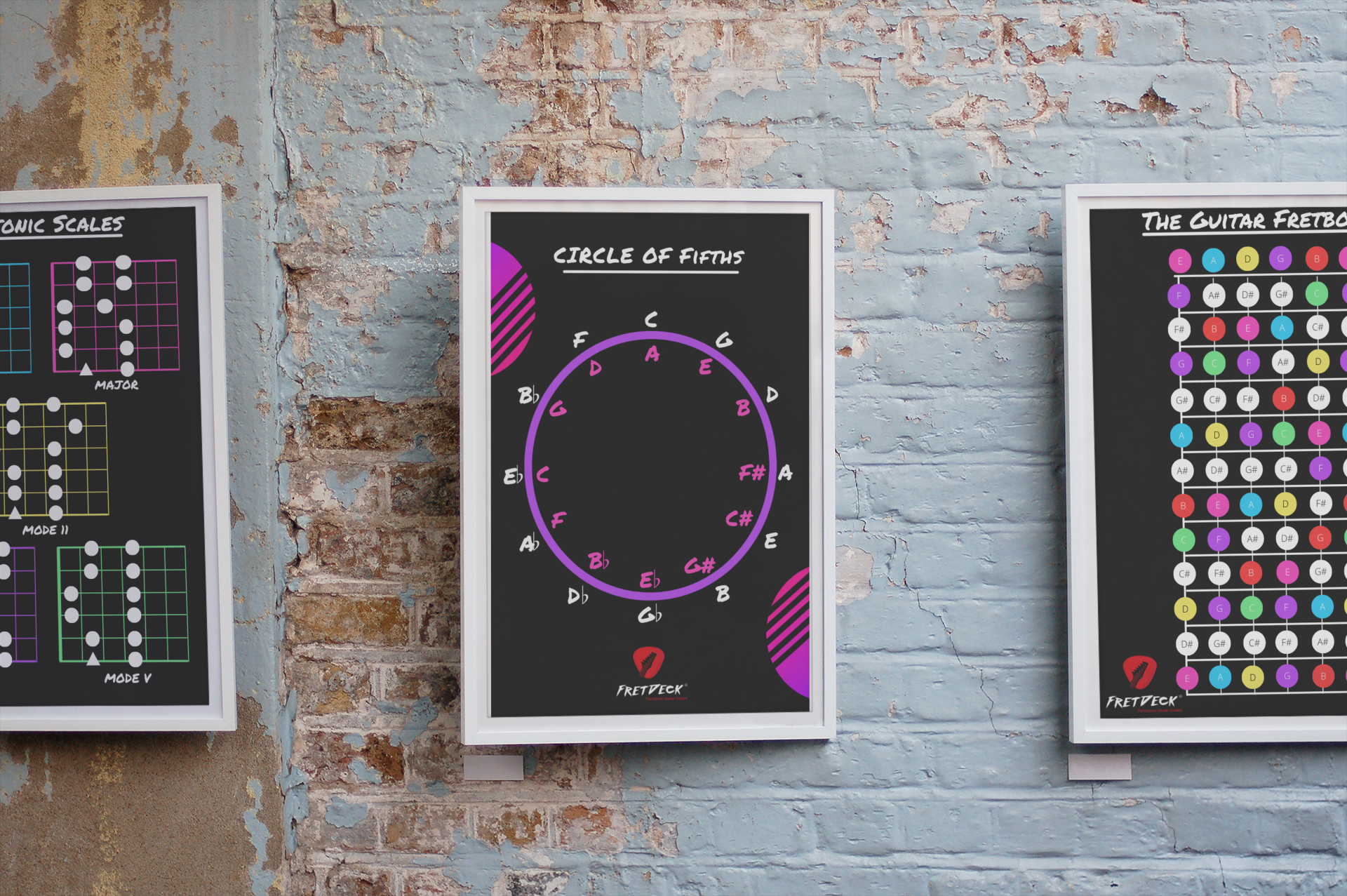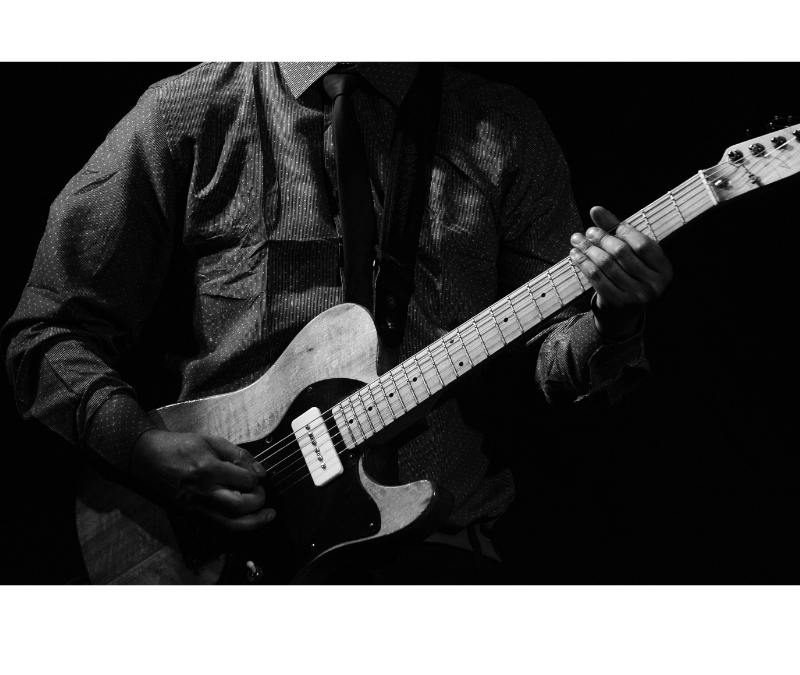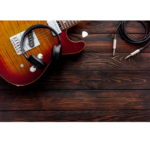Introduction
Learning to play the guitar can seem overwhelming at first, especially when faced with the seemingly complex world of chords and scales. However, understanding how to read guitar chord charts can simplify the process significantly. In this article, we’ll break down the essentials of reading chord charts and explore how you can use them to accelerate your learning journey. Whether you’re a complete novice or someone looking to solidify your foundational skills, this guide on using a simple guitar chord chart for beginners will set you on the right path.
What is a Guitar Chord Chart?
A guitar chord chart is a visual representation of a guitar chord. It shows where to place your fingers on the fretboard to play specific chords. Each chart typically includes the following elements:
- Strings: Represented vertically, from left to right, these are the six strings of the guitar (from the thickest string, the low E, to the thinnest string, the high E).
- Frets: Represented horizontally, these are the spaces between the metal bars on the neck of the guitar.
- Dots: These indicate where to press your fingers on the strings.
- Numbers: These show which fingers to use (1 for the index finger, 2 for the middle finger, 3 for the ring finger, and 4 for the pinky).

Download FREE Guitar Charts!
We have 27 FREE guitar charts to help you learn the guitar fretboard. Learn How to play chords and scales with these free resources.
Free Guitar Resources
Understanding the Basics of a Simple Guitar Chart For Beginners
Let’s start with a simple example: the C major chord.
e|---0---
B|---1---
G|---0---
D|---2---
A|---3---
E|---x---
In this chart:
- The vertical lines represent the six strings of the guitar.
- The horizontal lines represent the frets.
- The numbers on the lines indicate which fret to press.
- The ‘x’ above the E string means you don’t play that string.
- The ‘0’ indicates an open string, which you play without pressing any fret.
Steps to Read a Guitar Chord Chart
- Identify the Strings and Frets: Look at the vertical and horizontal lines to understand which strings and frets are involved.
- Finger Placement: Use the numbers to place your fingers on the correct frets. For the C major chord:
- Place your index finger (1) on the 1st fret of the B string.
- Place your middle finger (2) on the 2nd fret of the D string.
- Place your ring finger (3) on the 3rd fret of the A string.
- Strumming: Strum the chord, making sure to play only the indicated strings.
Common Chord Symbols
In addition to the basic layout, chord charts often include symbols to denote different types of chords. Here are some common ones:
- Major (e.g., C, G): A basic chord, often represented by a single letter.
- Minor (e.g., Am, Dm): Represented by a letter followed by ‘m’.
- 7th (e.g., G7, D7): Adds a seventh interval to the chord.
- Major 7th (e.g., Cmaj7): A major chord with an added major seventh.
Using Simple Guitar Chord Charts for Beginners
A simple guitar chord chart for beginners typically includes the most commonly used chords. Let’s look at some of these chords:
G Major
e|---3---
B|---3---
G|---0---
D|---0---
A|---2---
E|---3---
D Major
e|---2---
B|---3---
G|---2---
D|---0---
A|---x---
E|---x---
E Minor
e|---0---
B|---0---
G|---0---
D|---2---
A|---2---
E|---0---
Tips for Practicing with Chord Charts
- Start Slow: Begin by practicing one chord at a time. Ensure your fingers are placed correctly and that each string rings clearly.
- Use a Metronome: Practicing with a metronome helps improve your timing. Start with a slow tempo and gradually increase the speed.
- Transition Between Chords: Once you’re comfortable with individual chords, practice transitioning between them. This is key to playing songs smoothly.
- Strumming Patterns: Experiment with different strumming patterns. This will add rhythm and variety to your playing.
Learning Songs with Simple Guitar Chord Chart for Beginners
One of the most effective ways to apply what you’ve learned is by playing songs. Many beginner guitar songs use simple chords that you can find on basic chord charts. Here’s a simple progression you can try:
Song Example: “Stand by Me” (Ben E. King)
Chords: G, Em, C, D
G Em
When the night has come
C D G
And the land is dark
G Em
And the moon is the only
C D G
Light we’ll see
This song uses simple chords and a repetitive pattern, making it perfect for beginners. Practice playing along with the recording to get the rhythm and feel of the song.
Advantages of Using Chord Charts
- Visual Learning: Chord charts provide a clear visual representation, making it easier to understand finger placement and chord structure.
- Consistency: Chord charts help maintain consistency in learning and playing chords.
- Reference Tool: They serve as a quick reference for chords, especially when learning new songs.
Common Challenges and How to Overcome Them
- Muted Strings: Sometimes, a string may be muted unintentionally. Ensure your fingers are pressing down correctly and not touching adjacent strings.
- Buzzing Strings: This can occur if you’re not pressing hard enough or your fingers are too close to the fret. Adjust your finger placement to avoid this.
- Finger Strength: Developing finger strength and dexterity takes time. Regular practice will help build the necessary muscle memory.
Expanding Your Chord Vocabulary
As you become comfortable with basic chords, start exploring more complex ones. This will enhance your playing and allow you to tackle a wider range of songs. Here are a few more chords to add to your repertoire:
A Minor
e|---0---
B|---1---
G|---2---
D|---2---
A|---0---
E|---x---
D Minor
e|---1---
B|---3---
G|---2---
D|---0---
A|---x---
E|---x---
Conclusion
Reading and using simple guitar chord charts for beginners is an essential skill for any aspiring guitarist. With a simple guitar chord chart for beginners, you can quickly learn the basics and start playing your favorite songs. Remember to practice regularly, be patient with your progress, and most importantly, have fun with your playing. Chord charts are a powerful tool that can unlock a world of musical possibilities, so keep exploring and expanding your skills.

Download FREE Guitar Charts!
We have 27 FREE guitar charts to help you learn the guitar fretboard. Learn How to play chords and scales with these free resources.
Free Guitar Resources










